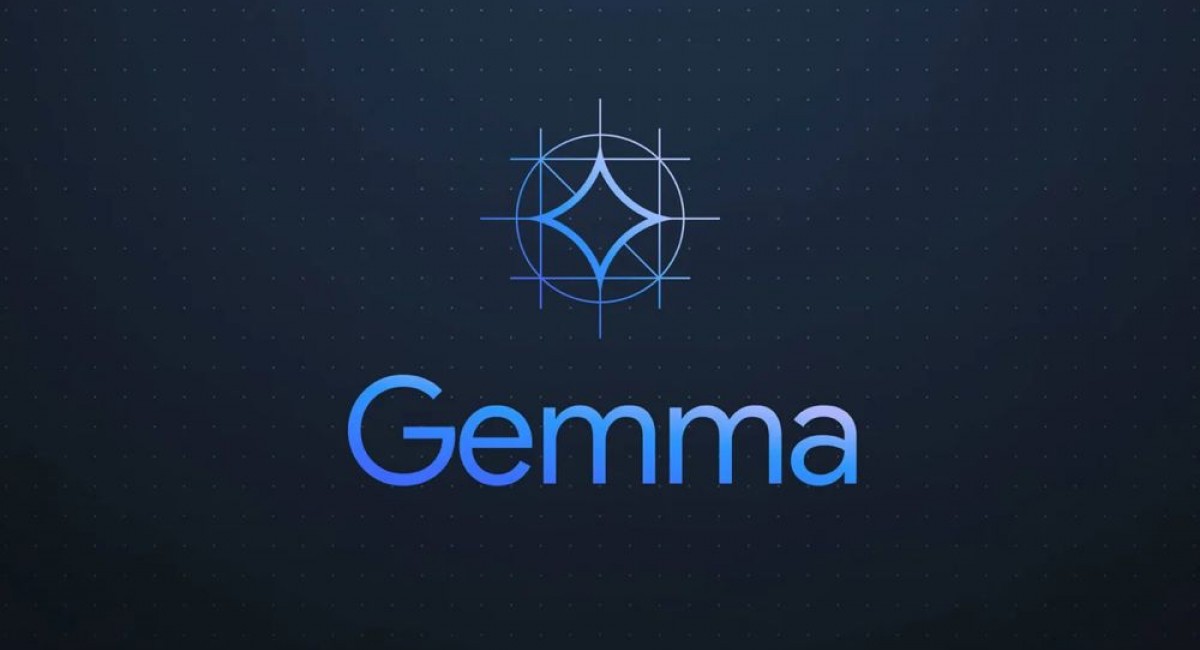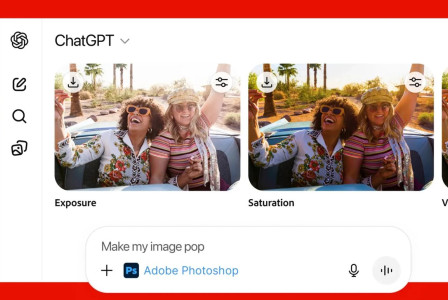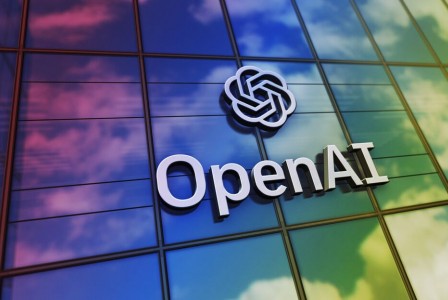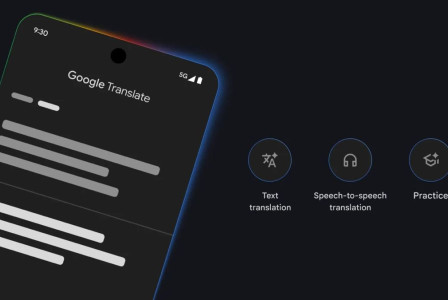SEARCH
Gemma 3n brings powerful AI capabilities to mobile devices

SHARE IT
Google has officially unveiled Gemma 3n, the latest member of its open AI model family, bringing a powerful new generation of AI capabilities designed specifically for mobile and low-resource devices. First introduced in a teaser during Google I/O last month, the full release is now live, and it comes packed with innovations aimed at democratizing advanced AI.
Unlike Gemini, Google’s flagship proprietary AI model that runs in the cloud and is primarily accessible through Google’s own apps and services, Gemma is open-source and built for developers. The Gemma line is intended for anyone who wants to download, modify, and deploy AI models themselves — and with Gemma 3n, that task just became more feasible for a much wider audience.
What sets Gemma 3n apart from its predecessors is its multimodal capability — the ability to natively process not just text, but also images, audio, and video inputs. It then outputs text responses based on these inputs, opening the door to a host of new on-device use cases. Whether you're building an app that needs real-time voice transcription or a mobile assistant that can analyze images, Gemma 3n is designed to handle it — and do so without needing high-end hardware.
One of the most impressive features is how lightweight the model is. Gemma 3n comes in two variants: E2B, with an effective memory footprint of 2GB, and E4B, which requires around 3GB. Despite having raw parameter counts of 5 billion and 8 billion respectively, internal architectural changes allow the models to behave more like traditional 2B and 4B parameter models. That means developers can run advanced AI models on relatively modest devices — including smartphones.
Google credits these performance gains to a new architecture called MatFormer. The company describes it using the analogy of a Matryoshka doll — a model within a model — that allows flexibility in deployment. This design enables the AI to adapt its performance based on the task at hand, conserving resources when needed, but scaling up for more complex operations. As a result, Gemma 3n’s E4B model became the first sub-10B parameter model to break the 1300-point mark on the LMArena benchmark, a widely recognized measure of AI performance.
Other technical enhancements include Per Layer Embeddings (PLE) for more efficient memory use and a set of new encoders optimized for mobile scenarios. On the audio front, a redesigned encoder delivers high-accuracy speech-to-text and translation on the device itself, eliminating the need to send data to the cloud. This is a notable step forward for privacy-conscious applications. Meanwhile, video processing benefits from MobileNet-V5, a new visual encoder capable of handling video streams at up to 60 frames per second on devices like the Google Pixel.
In terms of language and reasoning skills, Gemma 3n brings expanded support for 140 languages in text and multimodal tasks in 35 languages, making it one of Google’s most linguistically inclusive open models to date. Improvements in math reasoning, coding assistance, and problem-solving are also part of the update, reinforcing Google’s ambition to create versatile AI tools that developers around the world can use.
For developers eager to get started, Gemma 3n is already available across multiple platforms. You can explore and run the models via Hugging Face, Kaggle, or directly in Google AI Studio, making access straightforward whether you’re working from a browser or integrating the model into a production pipeline.
Ultimately, Gemma 3n is a clear signal of Google’s commitment to making powerful AI more accessible. By focusing on efficiency, multimodality, and open development, Google is addressing the needs of a growing developer community that wants to build intelligent, responsive, and privacy-friendly applications that don’t depend on cloud computing.
As mobile devices continue to grow more capable, tools like Gemma 3n are likely to play a central role in shifting AI processing closer to the user. And while Gemini may dominate in terms of sheer power, it’s Gemma 3n that brings cutting-edge AI to your pocket — no cloud connection required.
MORE NEWS FOR YOU

 Help & Support
Help & Support 

